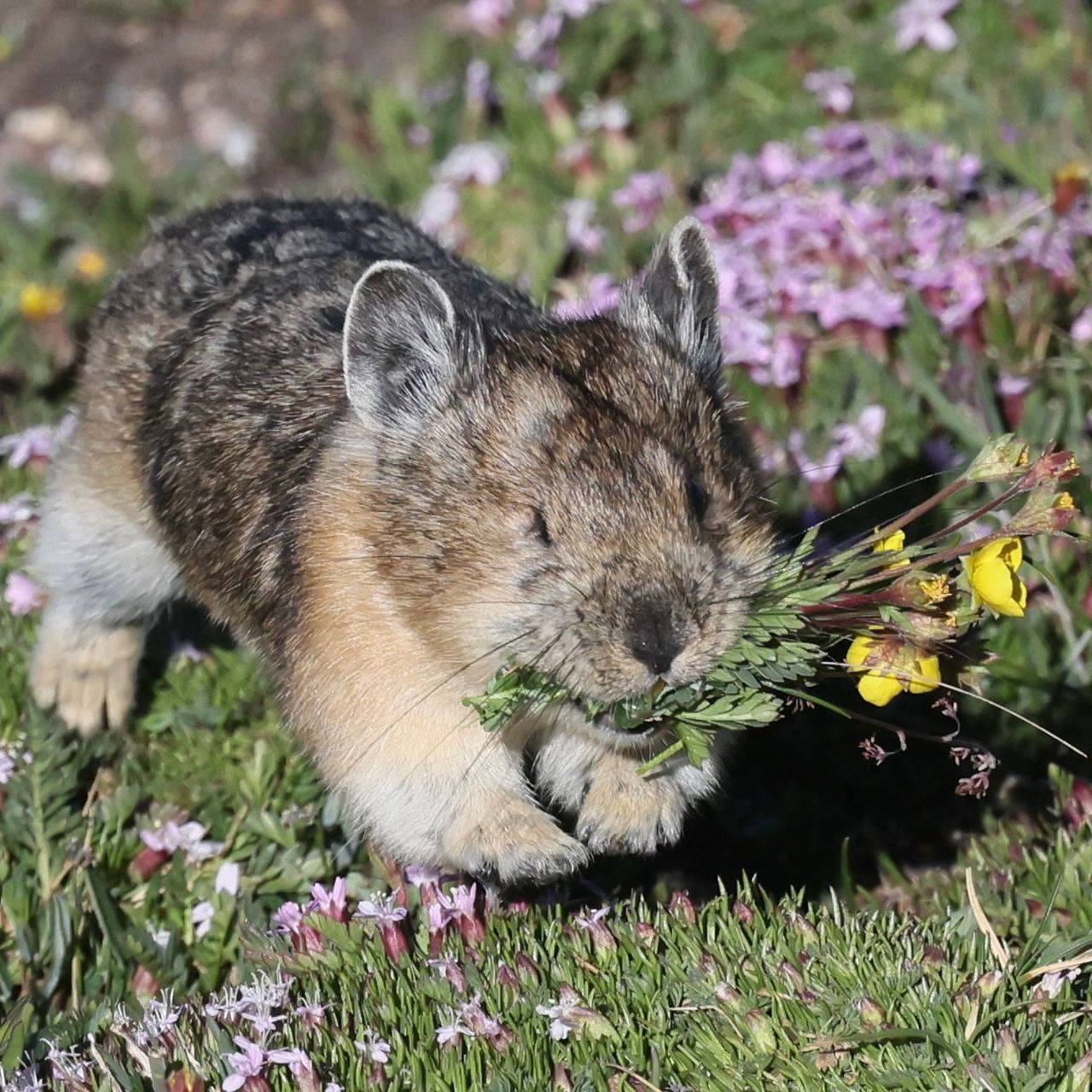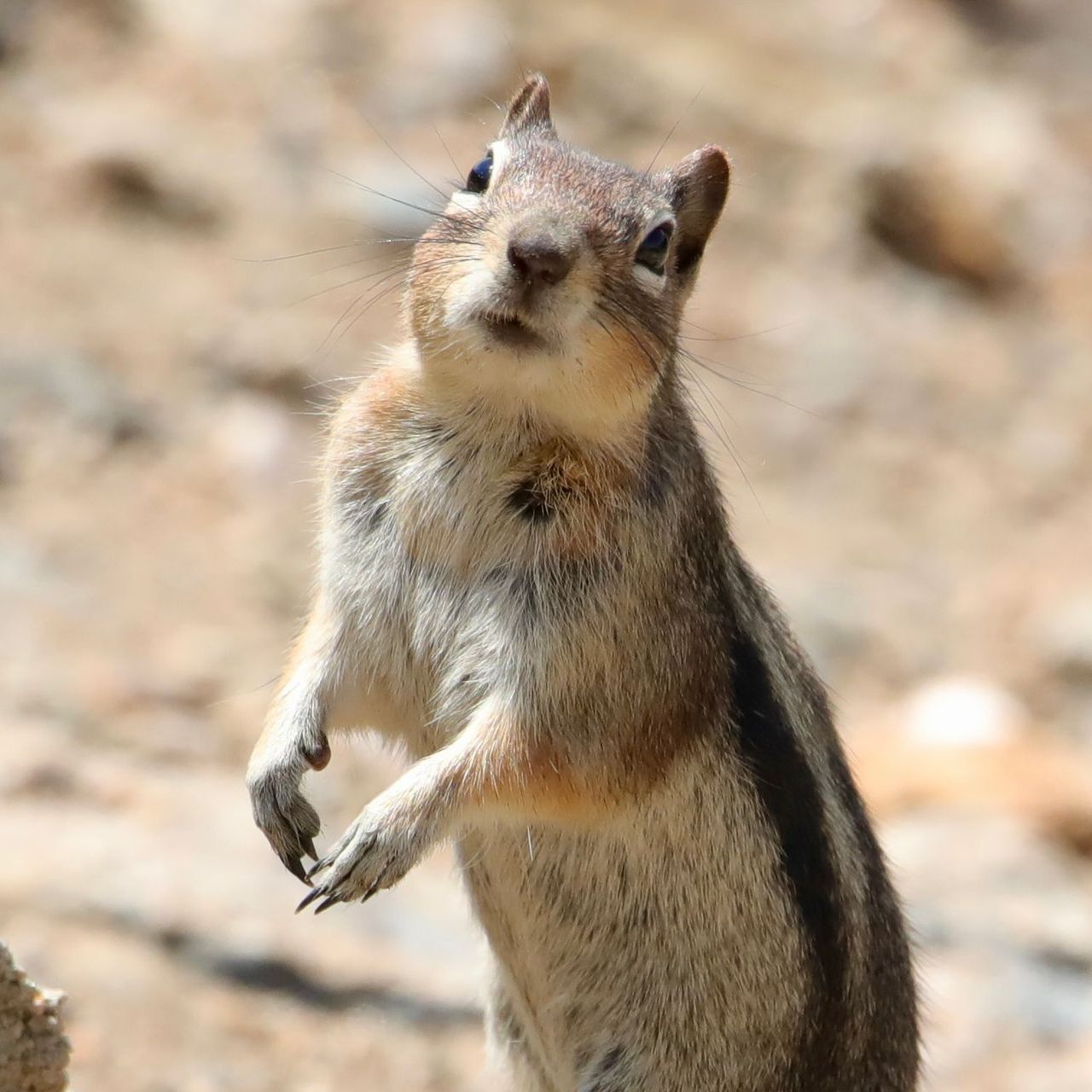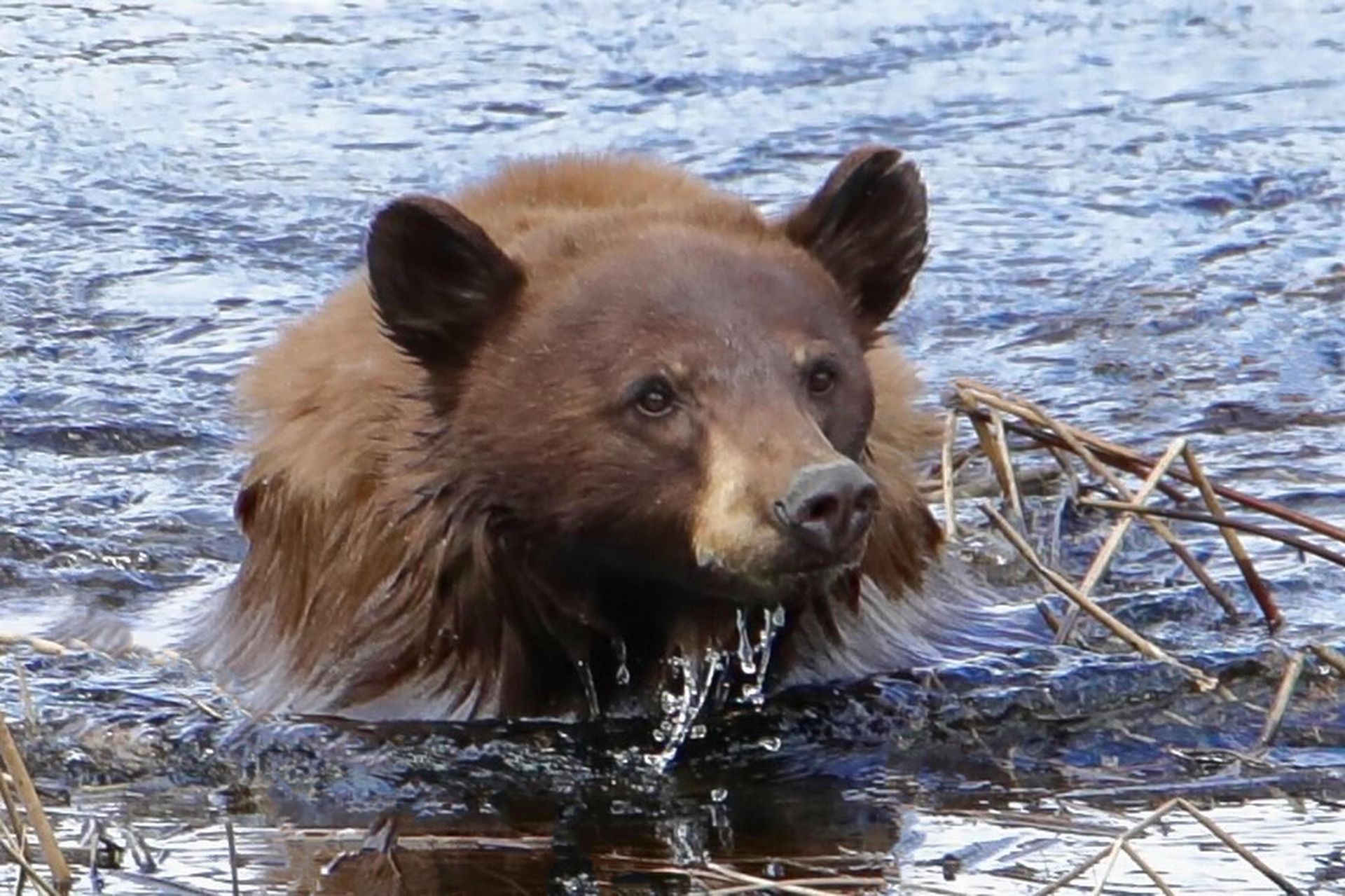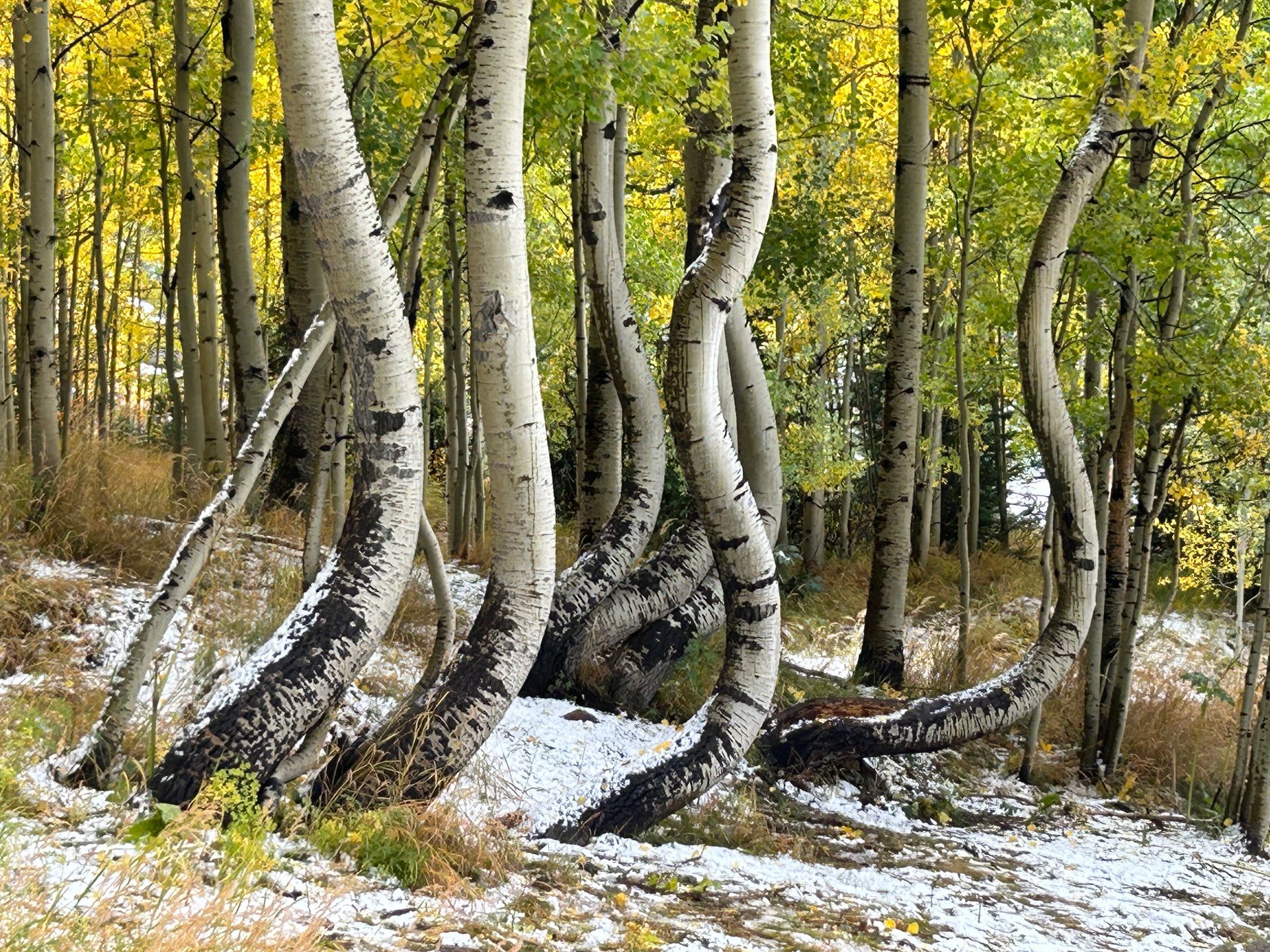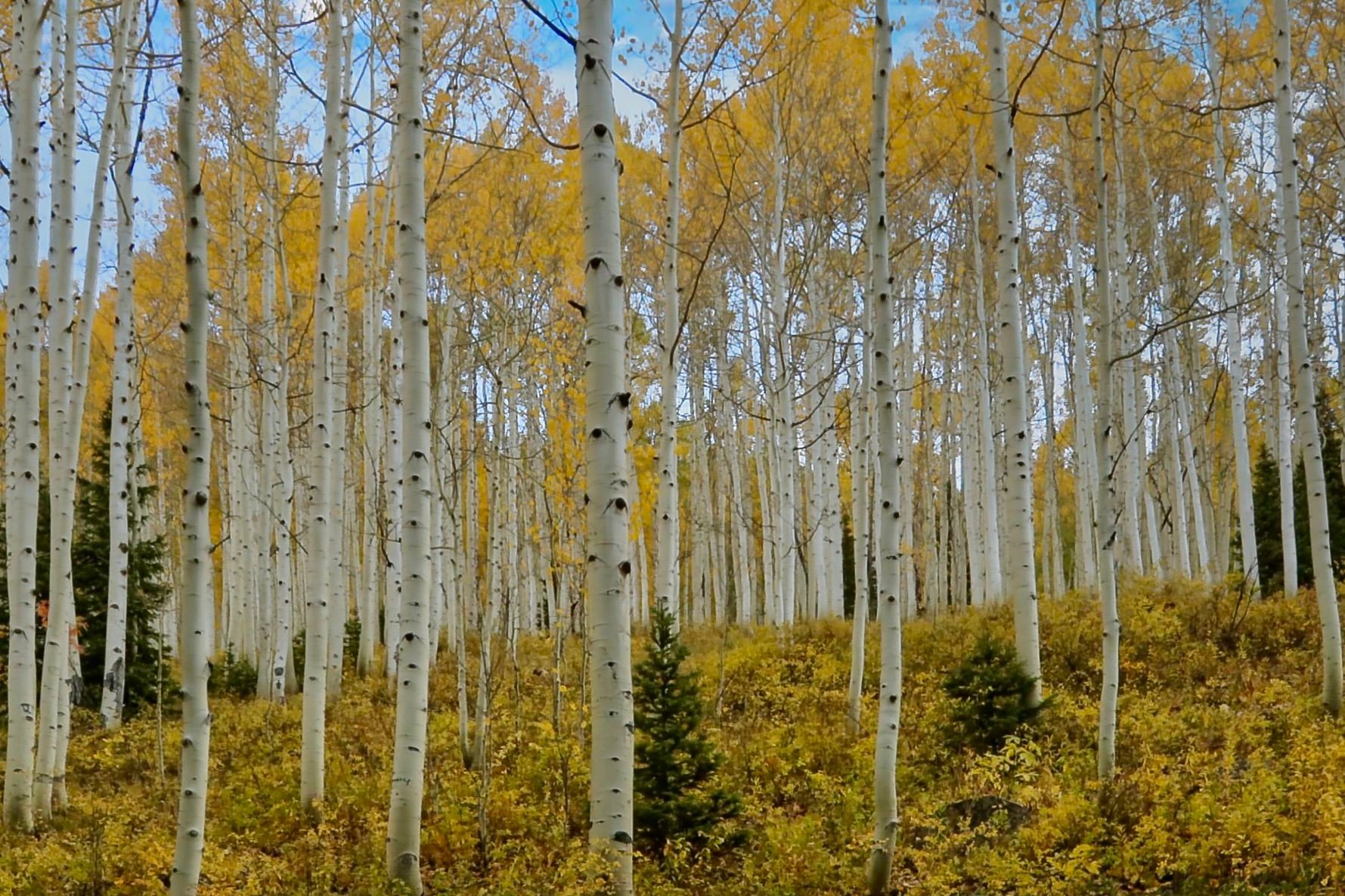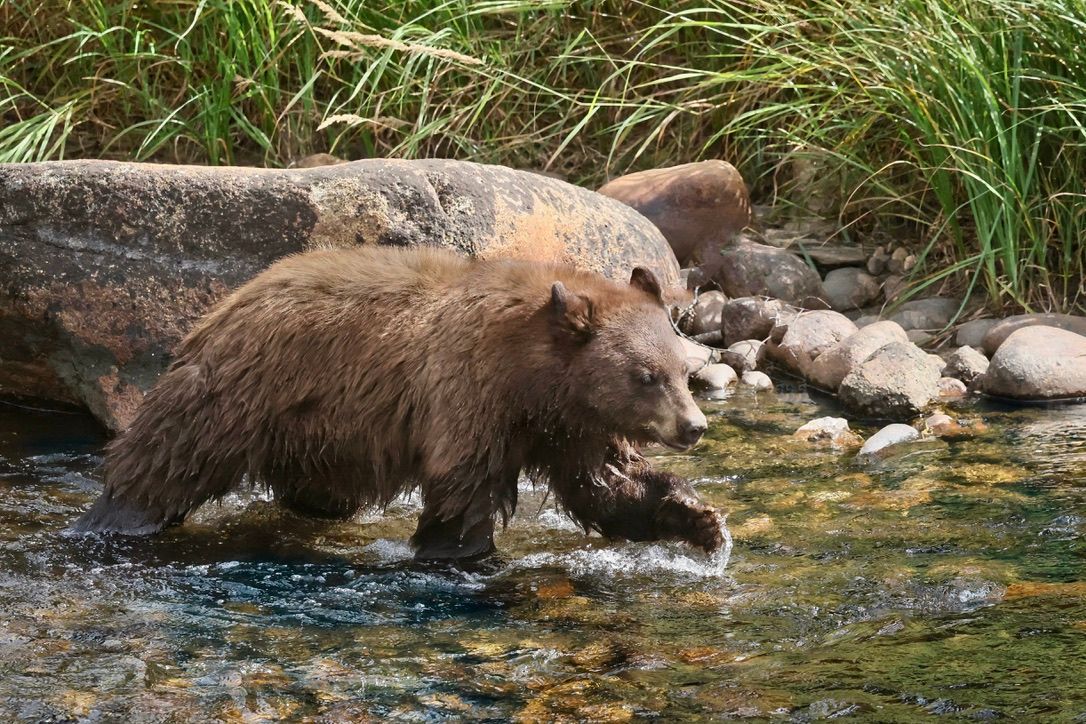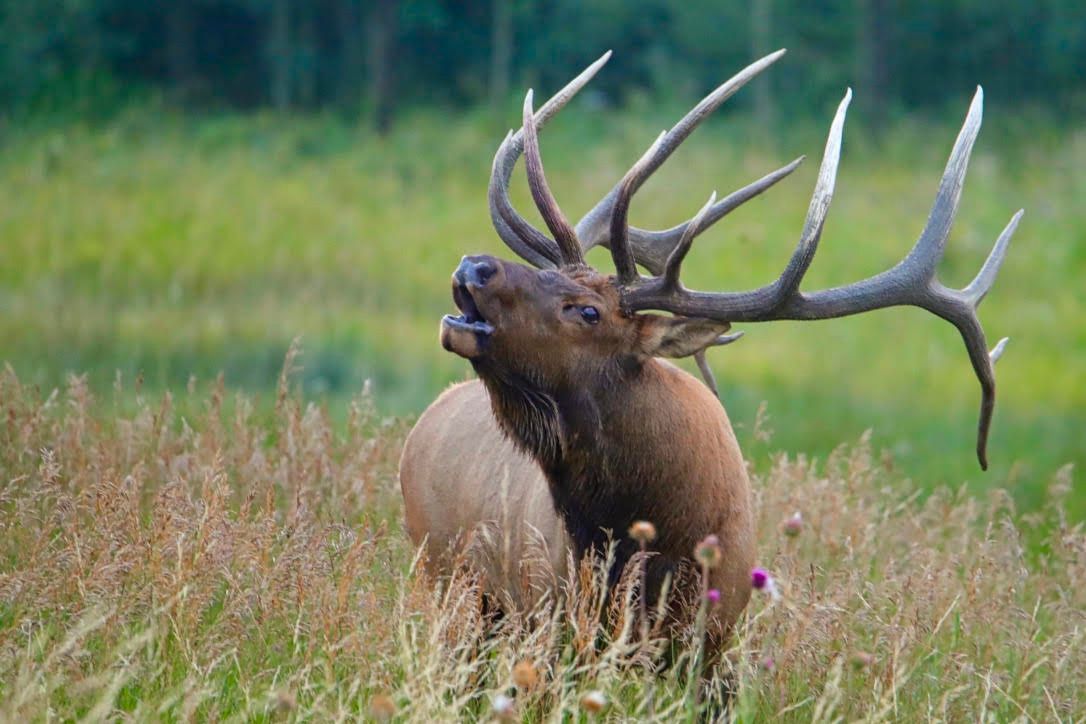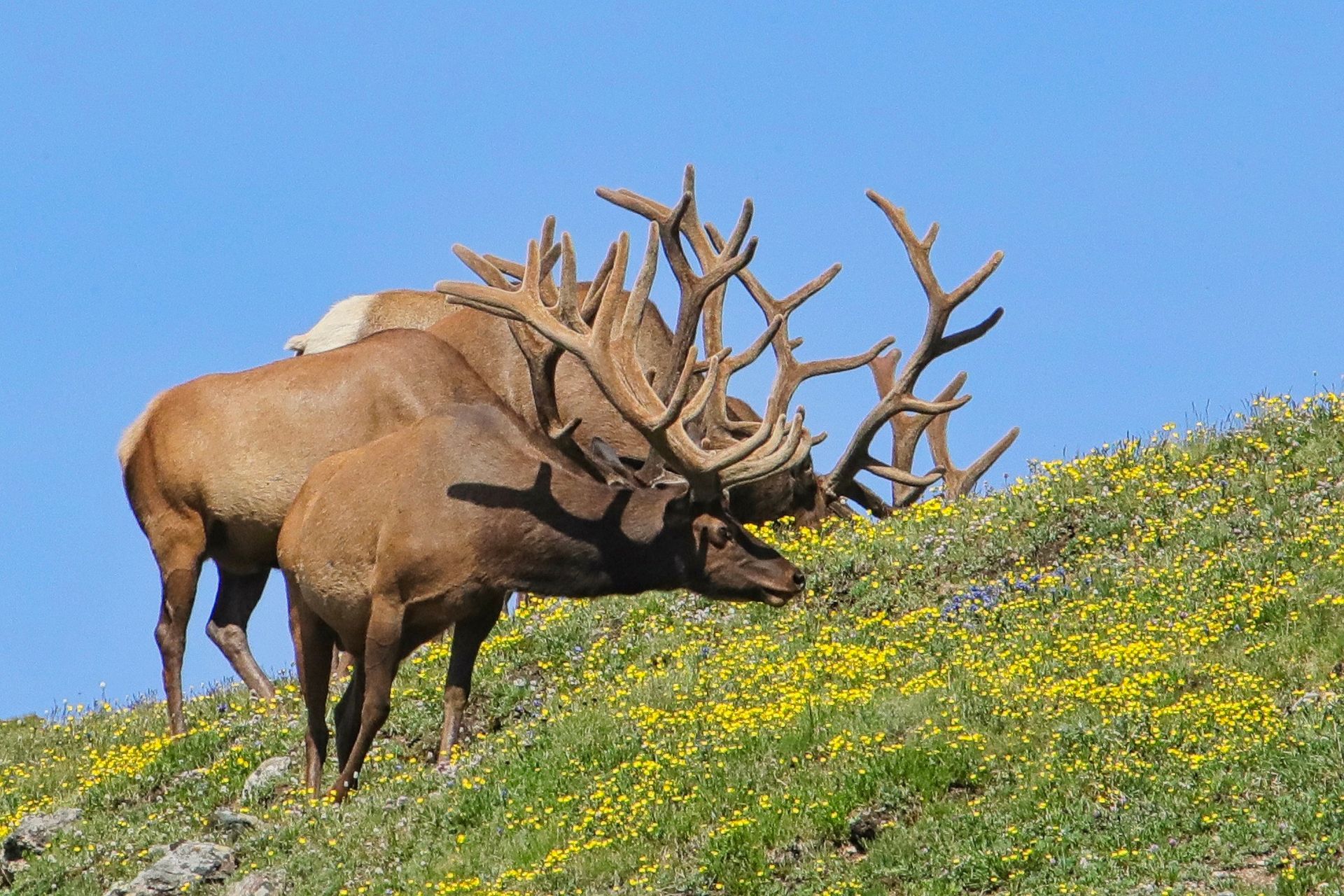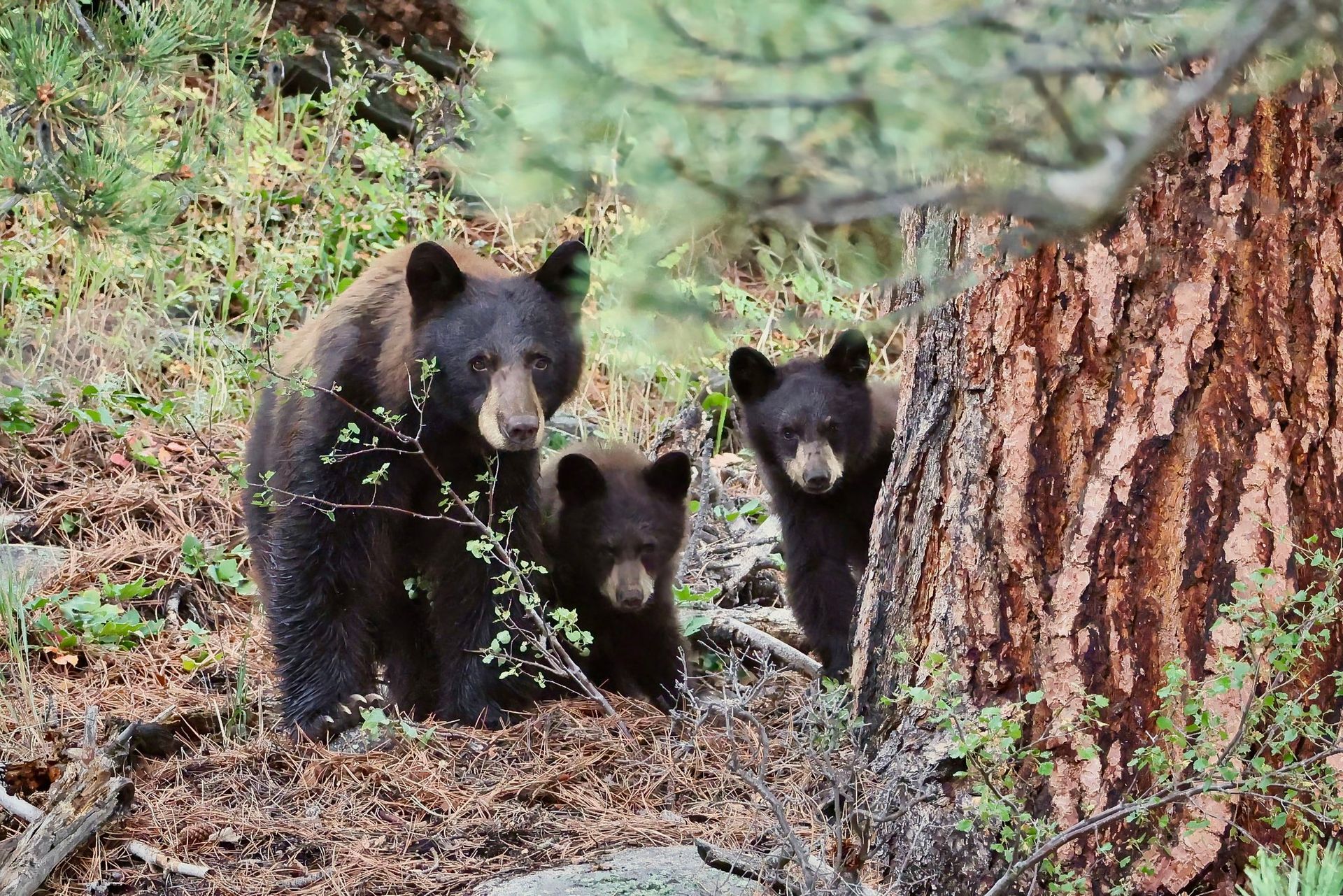Fly Varmints
Varmints - Troublesome and Mischievous Animals
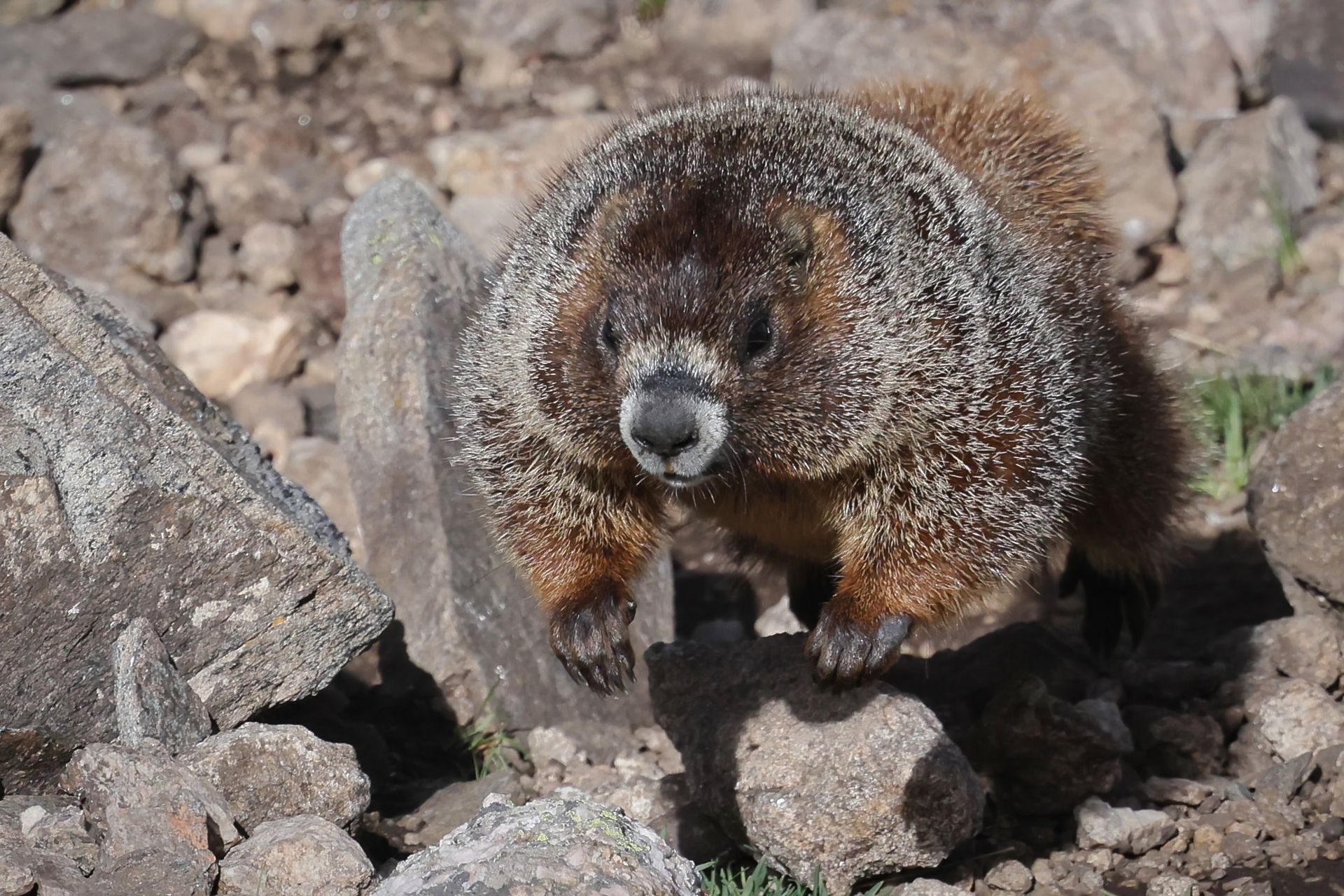
You’ve heard of the Flying Wallendas, the high-wire family act performing since 1780. Originally known as the Great Wallendas, in 1940 after an accident in Akron, Ohio, where they fell from the wire but landed safely, a journalist reported they "fell so gracefully that it seemed as if they were flying." Thus, the Flying Wallendas.
The name has become a cliche, and pops into my mind every time I see flying varmints. Quick and mousey, they scurry like a pinball over rocky terrain. Try photographing a varmint, those troublesome and mischievous rodent-like animals. Try holding a camera while keeping the pinball in the viewfinder. Every now and then you lock in for an instant and capture one of the critters in flight.
You’ve seen them scurrying in the brush and trees, pointing, “there’s one.” Then in the next instant, they are gone. I like to photograph varmints living on the tundra, among the rocks and in the wide open grassland where the trees won’t grow. To find them, I watch for the slight movements, try to focus my camera, and every now and then, I get lucky and capture one leaping as if taking off.
Least chipmunks and golden mantle ground squirrels, often confused for each other but having specific differences, scurry with their tails held high. It might seem as if this is done to keep their tails from being run over by the cars traveling the roads these varmints play on. In fact, it’s their agility and speed that helps them evade predators. They primarily run with their tails up to secure balance. The tails help them maintain stability while their limbs are rapidly moving like the proverbial squirrel on a treadmill.
Another rodent, Wyoming ground squirrels are bigger than a golden mantle but more like a small prairie dog. They are known for darting in and out of their underground burrows for safety, especially during the morning hours when they’re feeding. Comical creatures, their habit of lounging on rocks in the sun, sometimes with grass sticking out of their mouths, can be quite comical. Call them a tanned, fat cheeked Wallenda.
Prairie dogs, on the other hand, are rodents in the squirrel family. They are known for their complex burrow systems which they share with their family structure. Within that family structure, they are huggers. We might see them at the entrance mounds to their burrows acting all romantic. Hugging and kissing, their actions are actually a form of greeting reinforcing their social bonds with the basic family unit in a prairie dog town.
One morning, on the Colorado prairie, I observed a female prairie dog watching over her four pups as one ran, leaped in the air, and reached out to tackle a sibling. It was a playful, tag-team adolescent wrestling match as they tumbled and rolled like those gracefully falling Wallendas. Then I heard their mother’s high pitched, distinctive call. Above them hovering in the slight breeze was a burrowing owl searching for breakfast. As all four pups ran for safety, the owl swept down only to be denied when the varmints disappeared into their underground home.
The yellow-bellied marmots, the largest rodent native to Colorado, is common on the tundra. There, they earned their nickname “whistle pig” for the quick, high-pitched whistle sound that sends warnings from one to the other. When they run, leaping like superman, legs reaching outward as if to fly, they look more like a blimp then a Flying Wallenda. Running and jumping, chasing and scurrying, they bounce more then fly over the rocks, short legs stretched out as if they have “Goodyear” sign emblazoned on their bellies.
My favorite Flying Wallenda varmint is not actually a rodent. The pika’s actual biological classification places them closer to rabbits. Speedy little animals, capturing an image with your camera can be challenging and therefore special. This time of year they fill their dens with winter supplies of grasses and wildflowers. Pika will scurry from rock to rock, moving with impressive speed and agility to a patch of flowers. There they nibble the wildflower, filling their mouths with yellow and red blooms before running and leaping from rock to rock back to their den. Like the patriarch of the Great Wallendas circus troupe, Karl, their flying-like talent is impressive.
As if they were the Wallenda in the circus, varmints entertain us with their animated actions and attempts to fly, but they never do reach great heights. With an extended stretch, their furry little front legs reach outward as their hind legs push powerfully from the rocks to, just for a moment, send them airborne.



